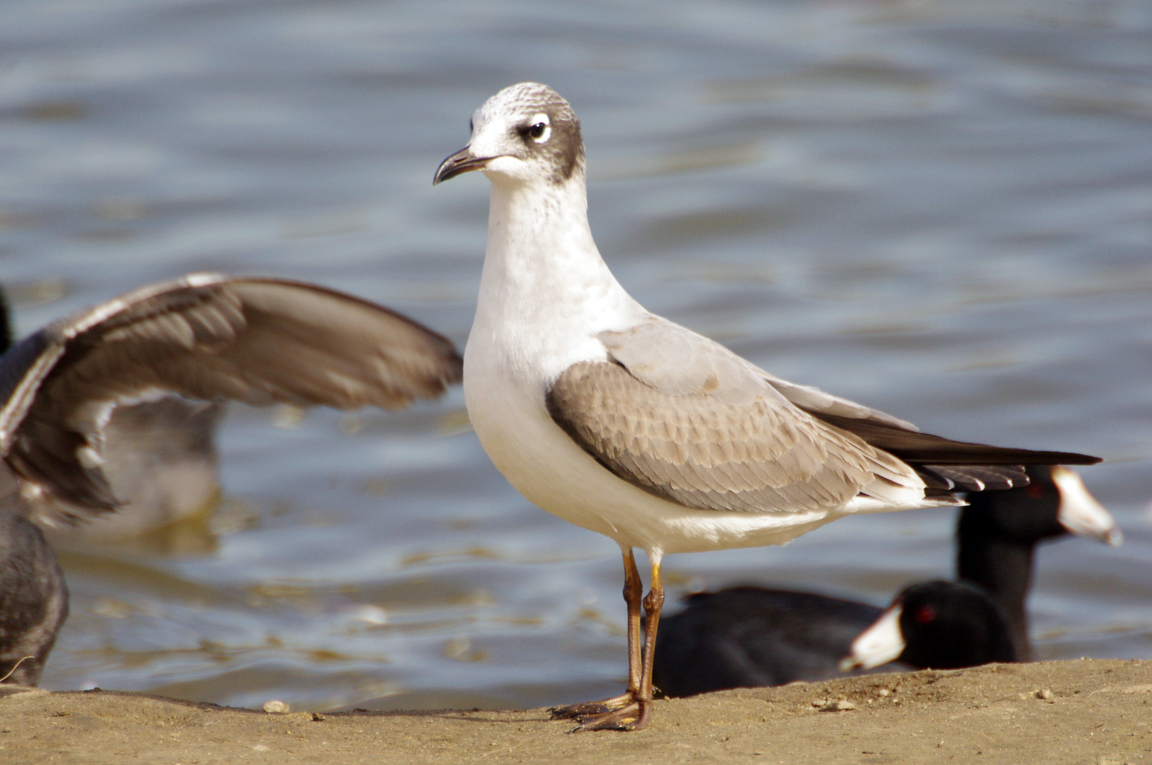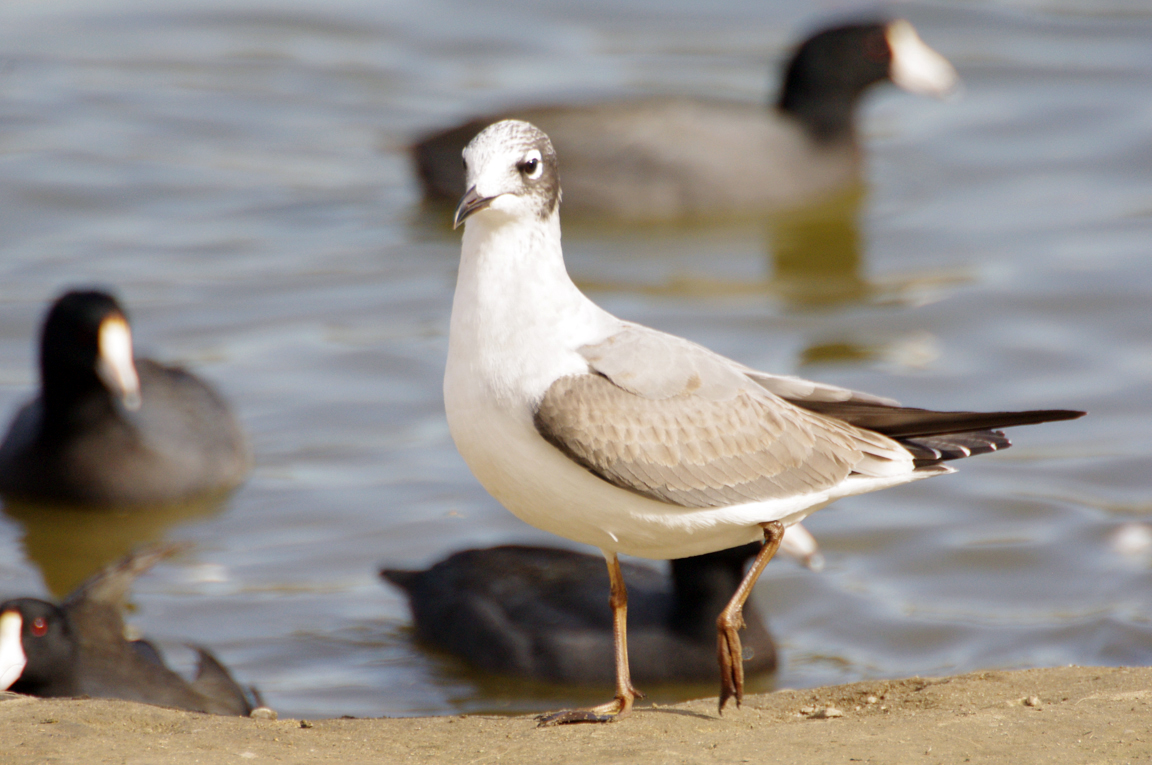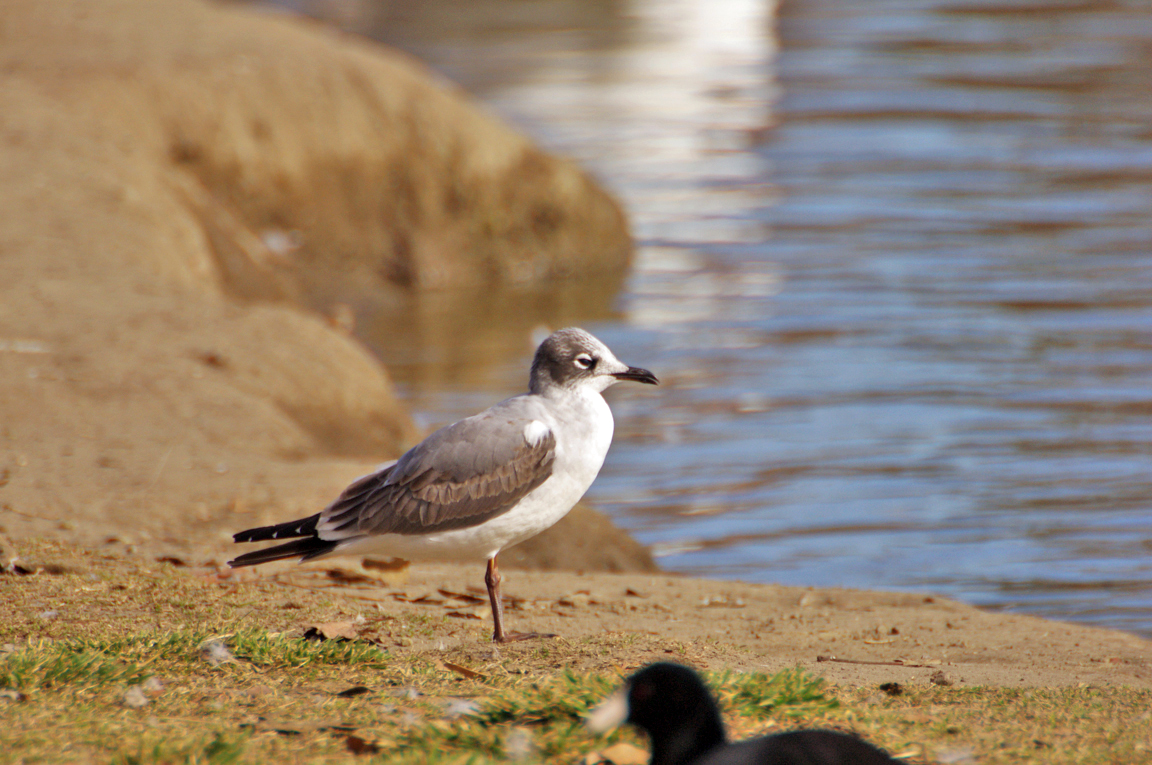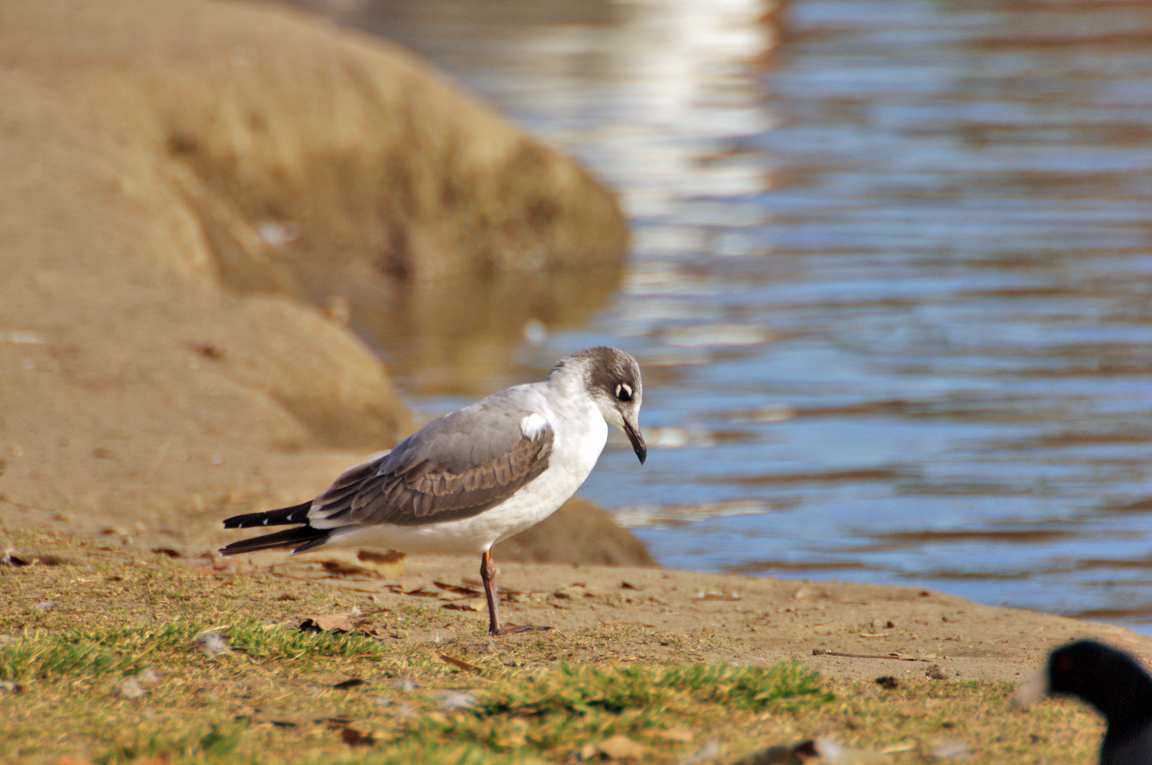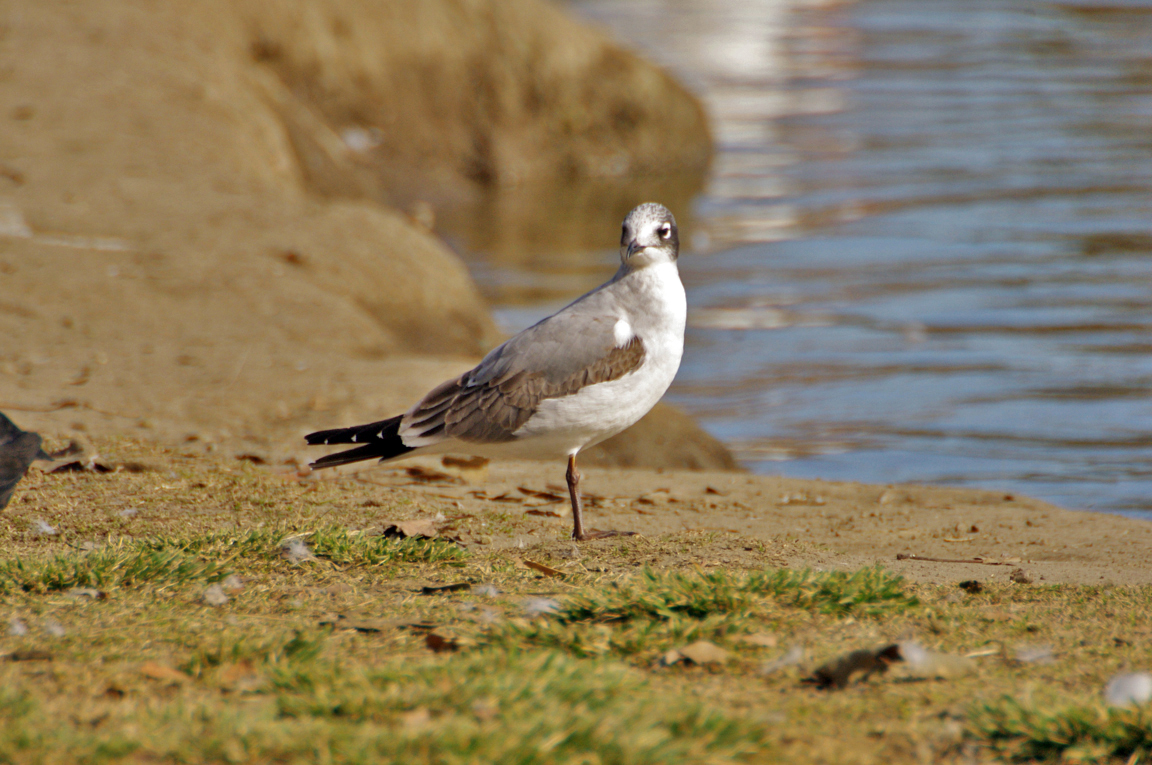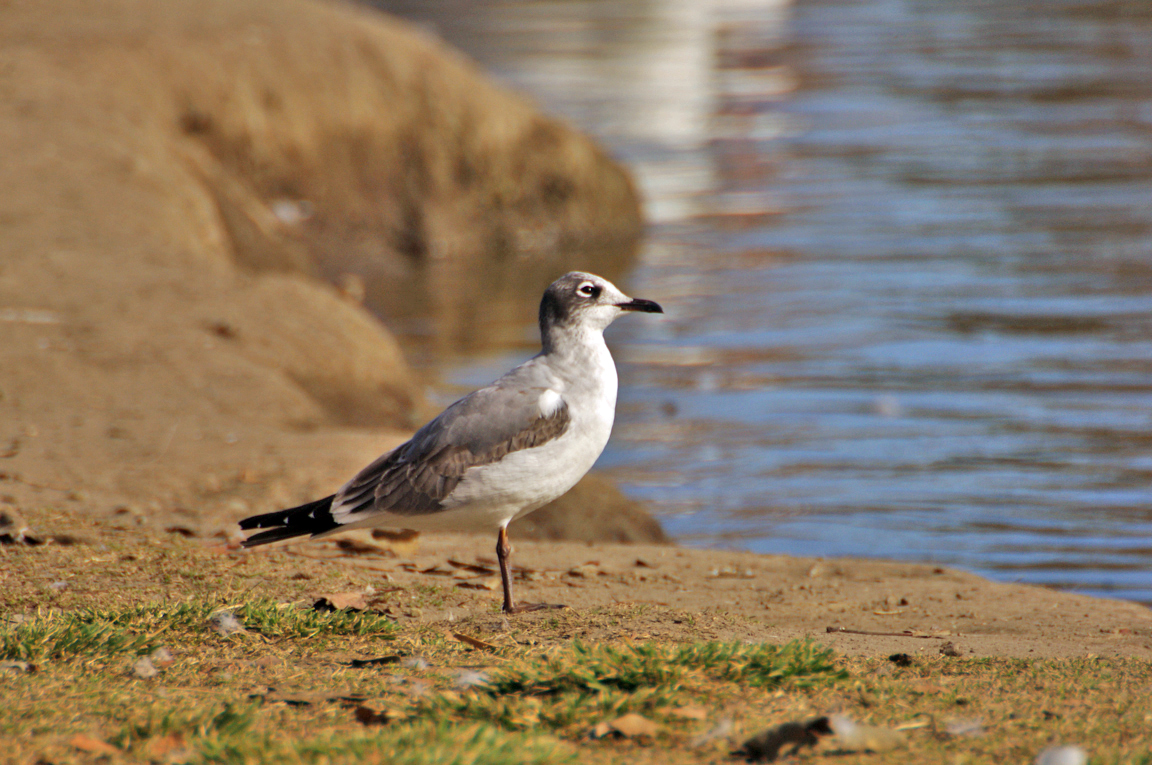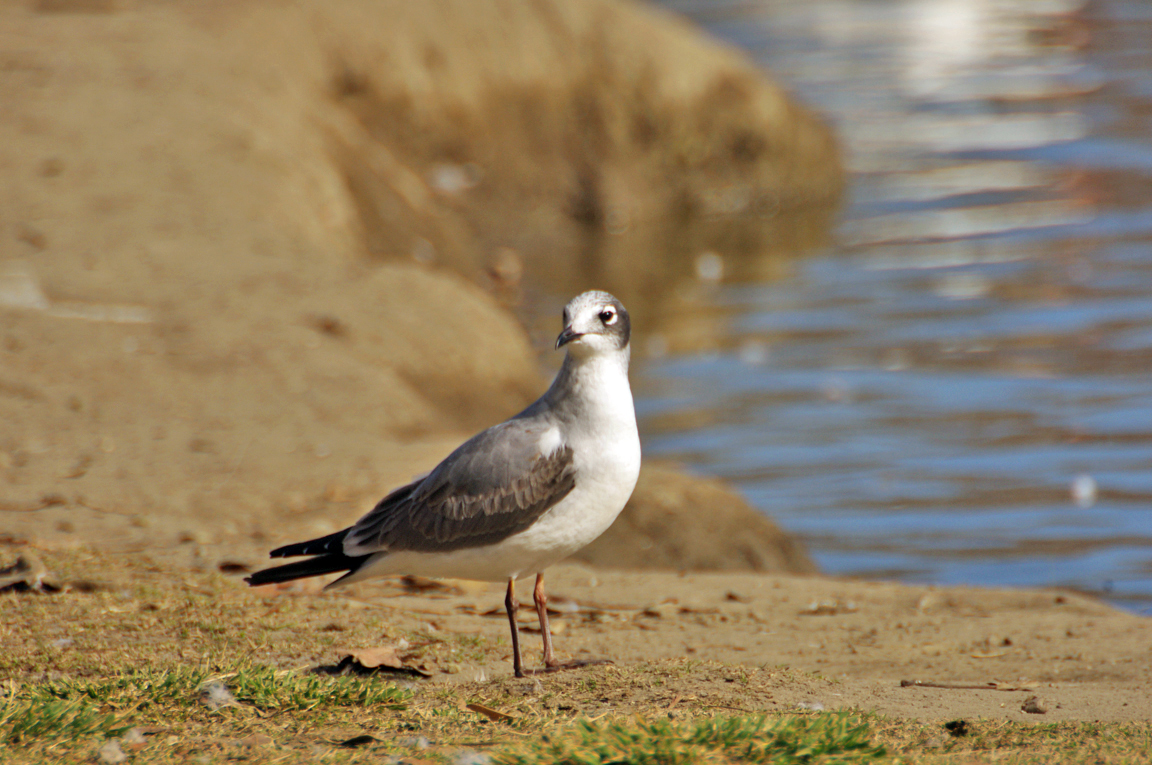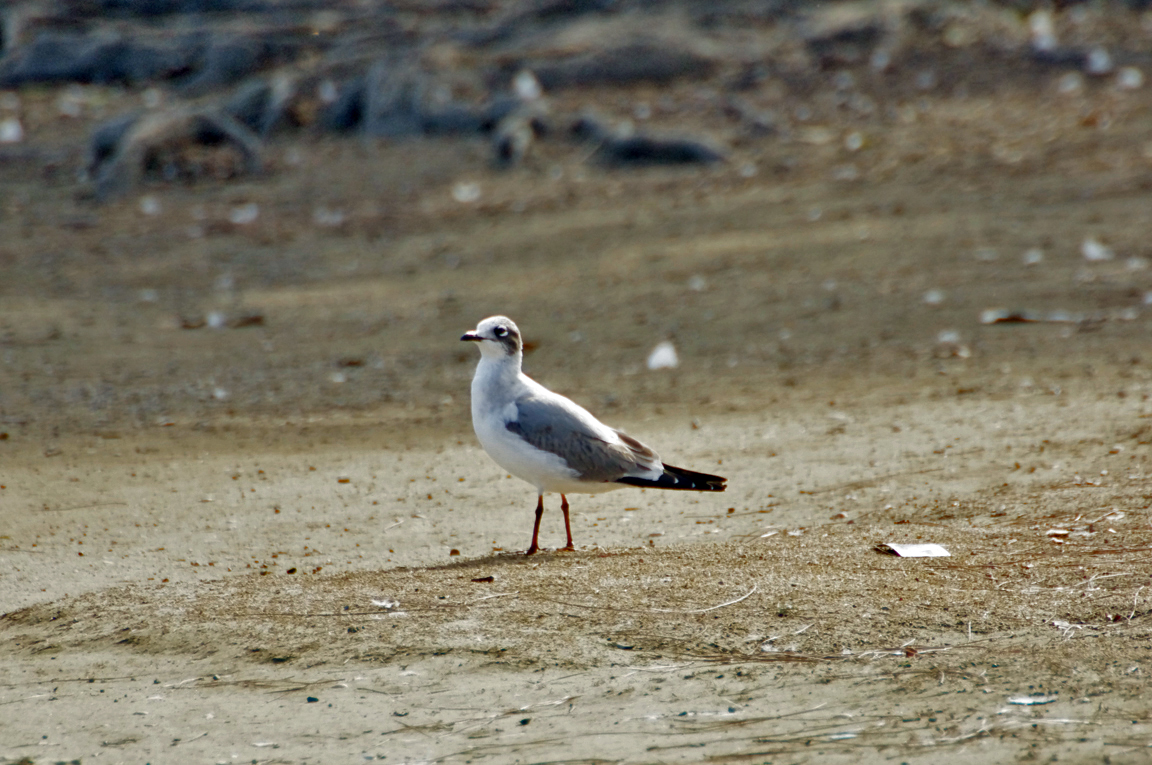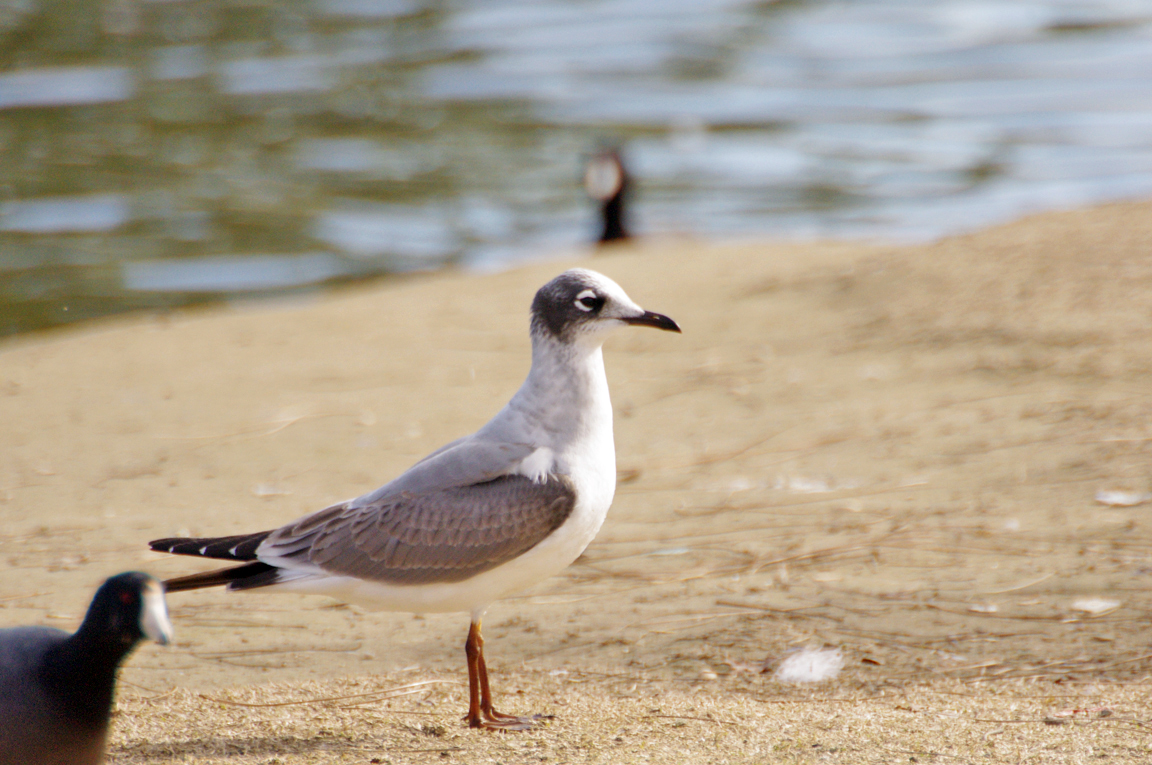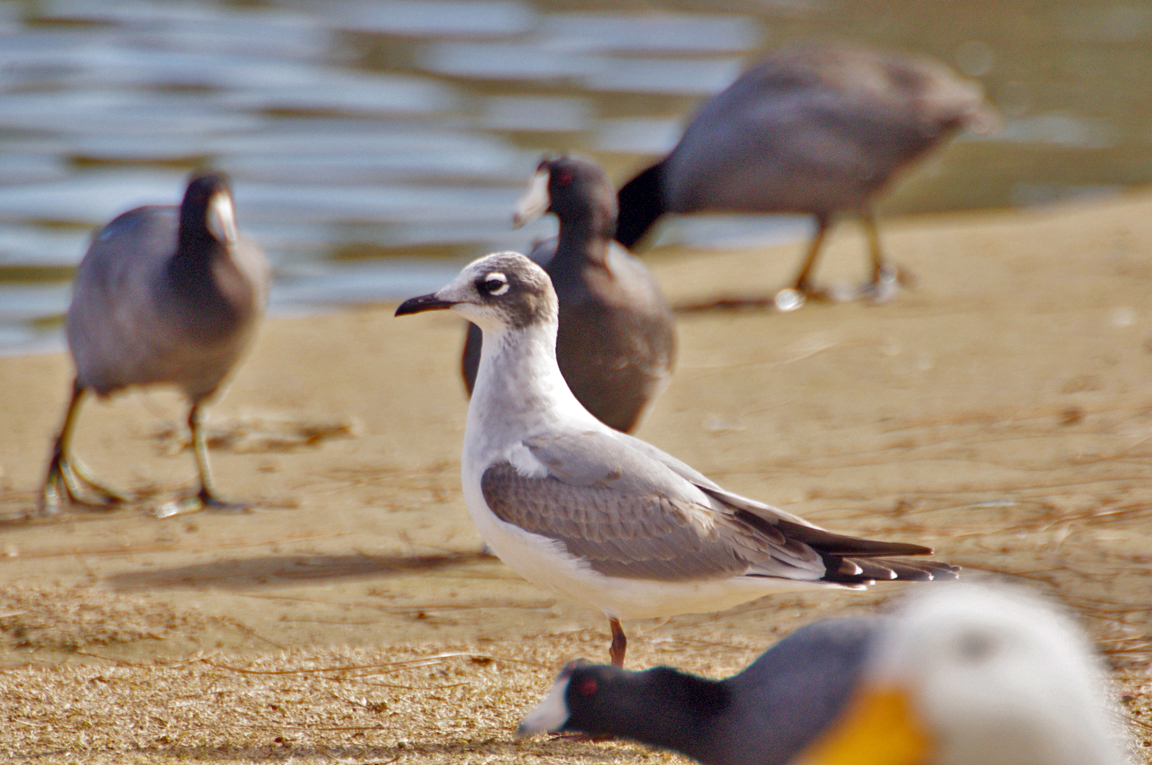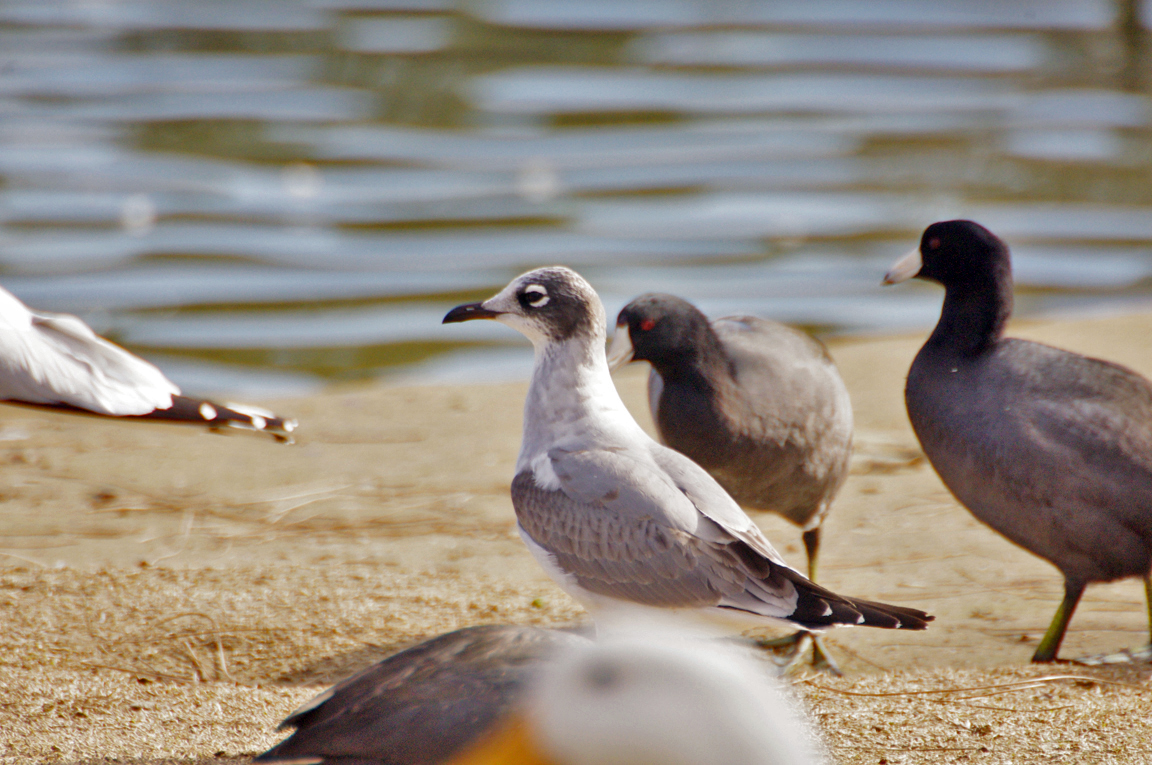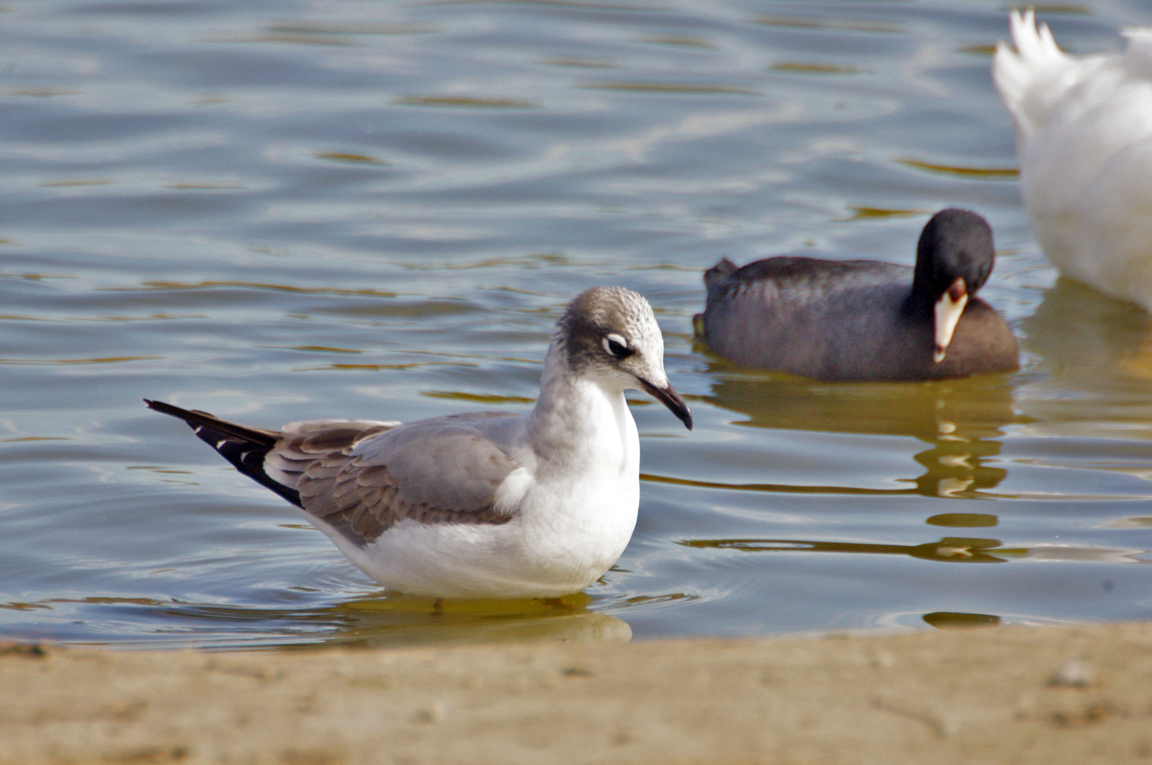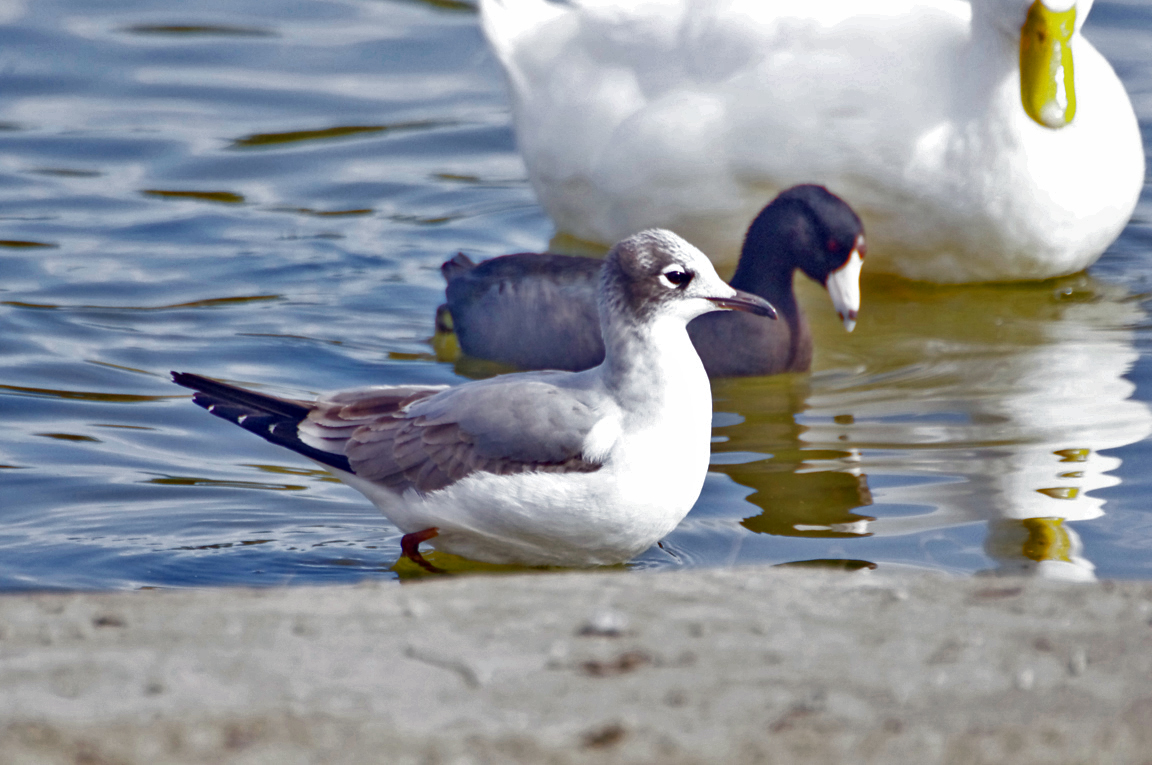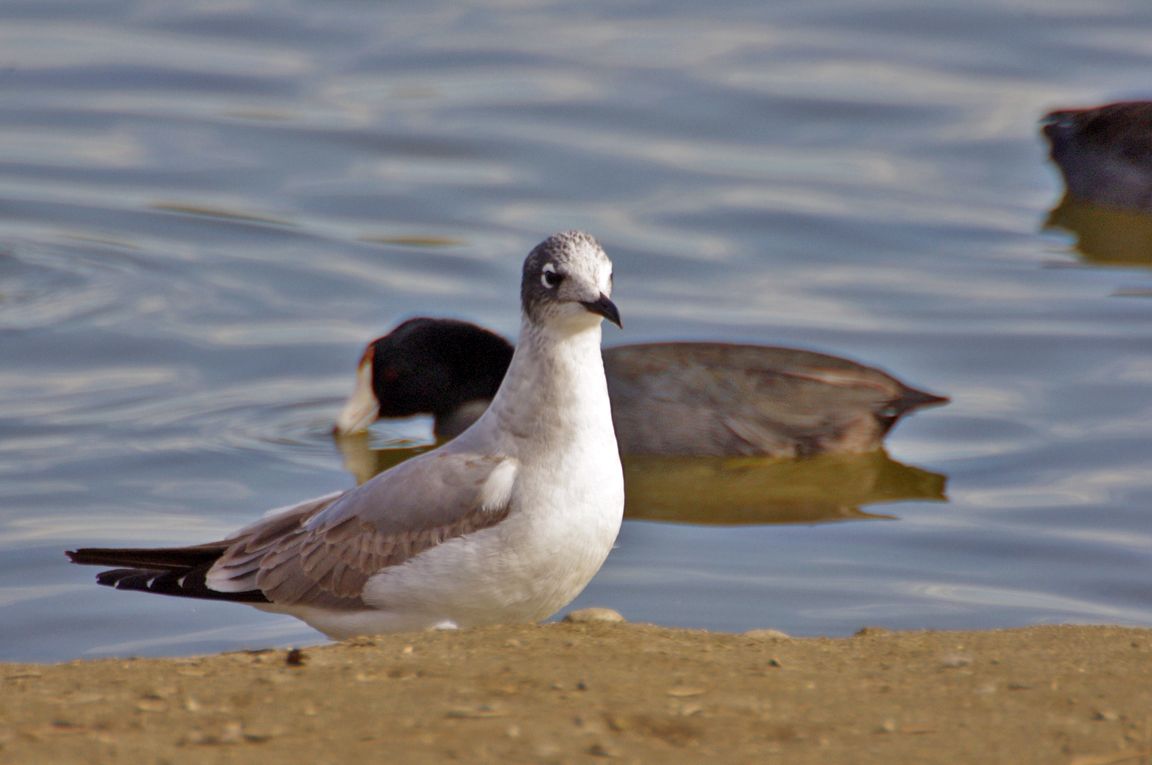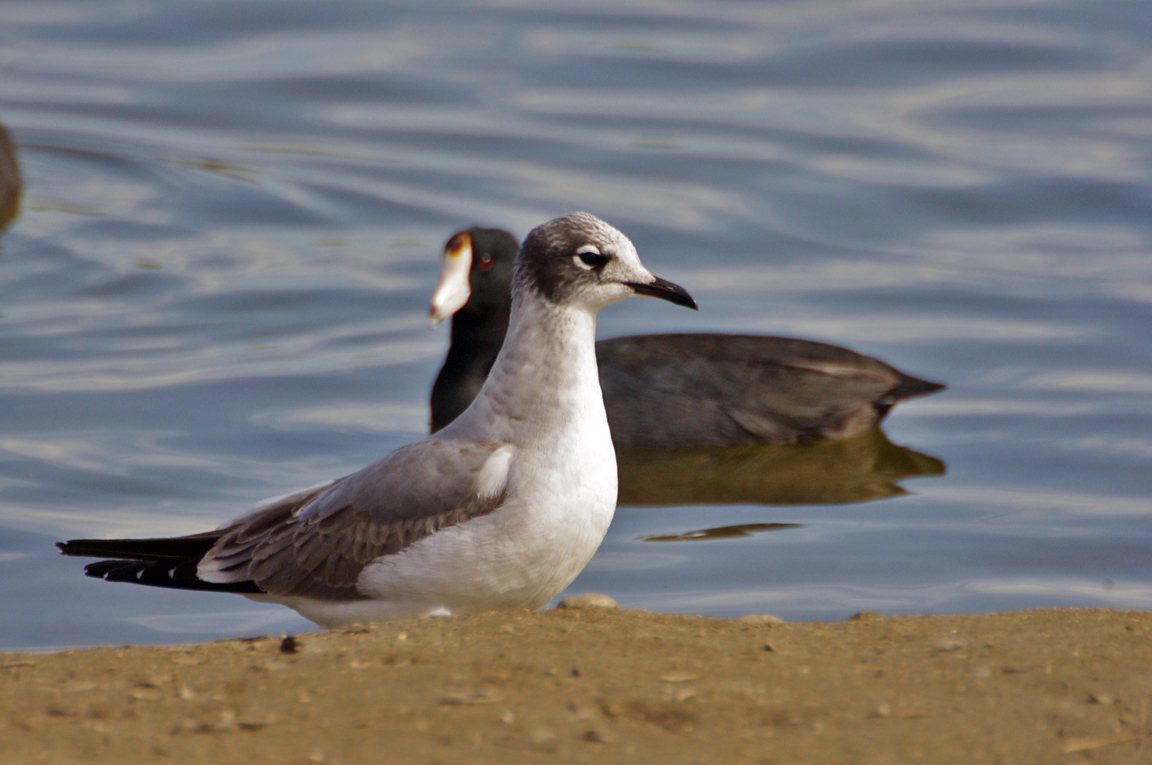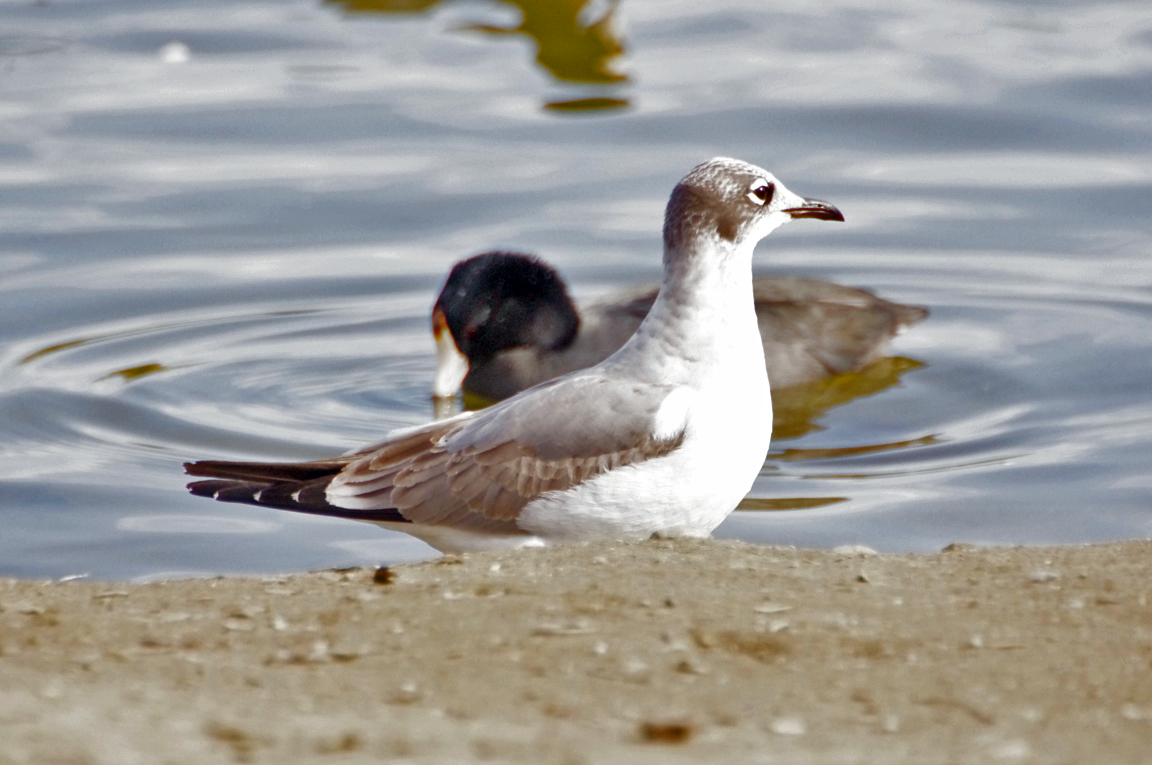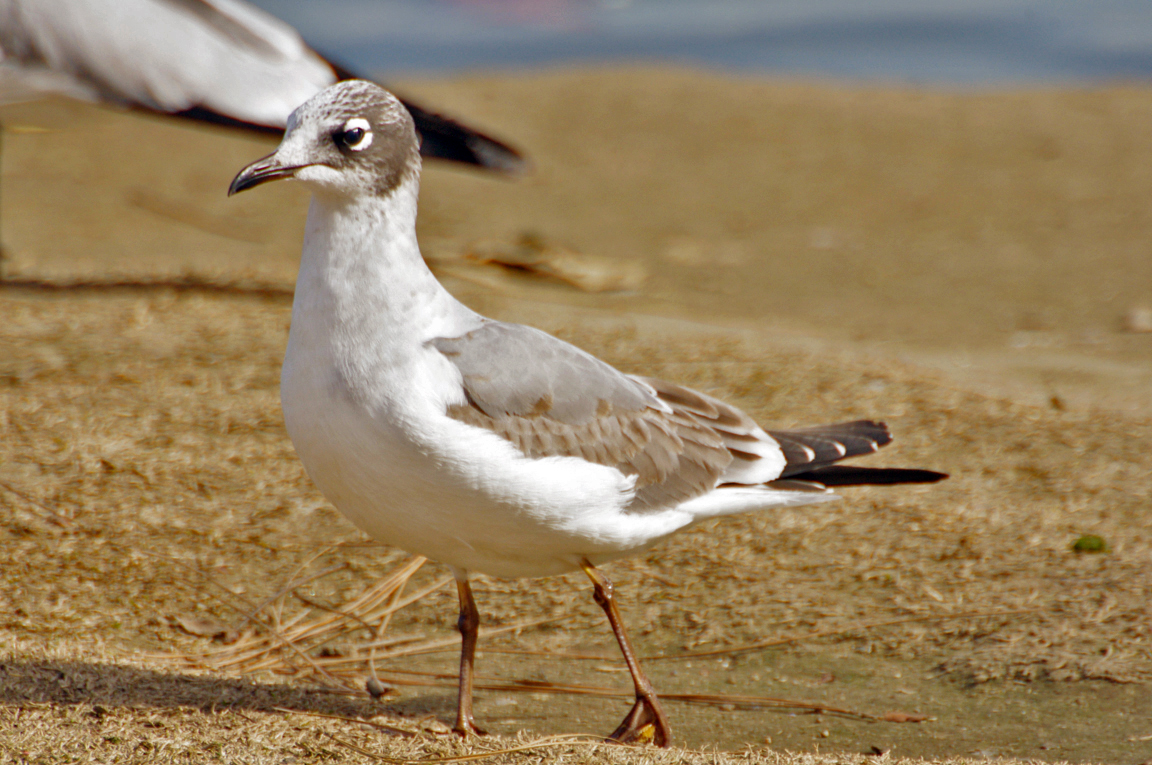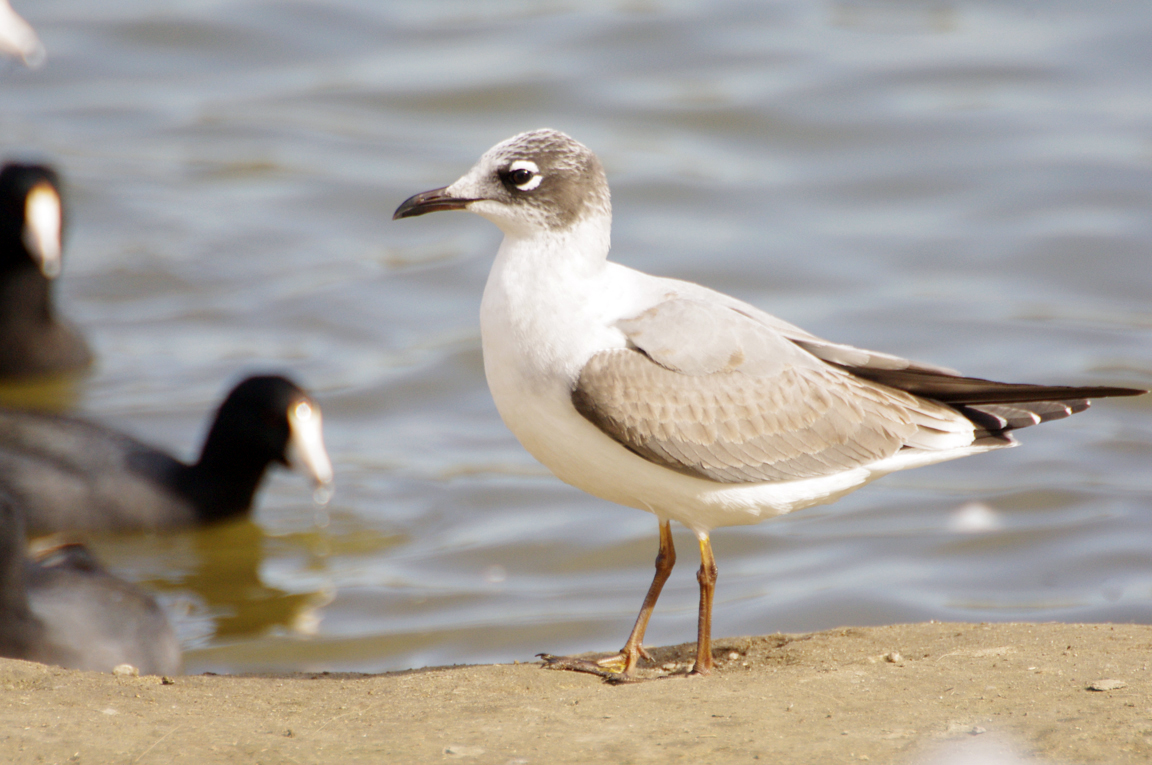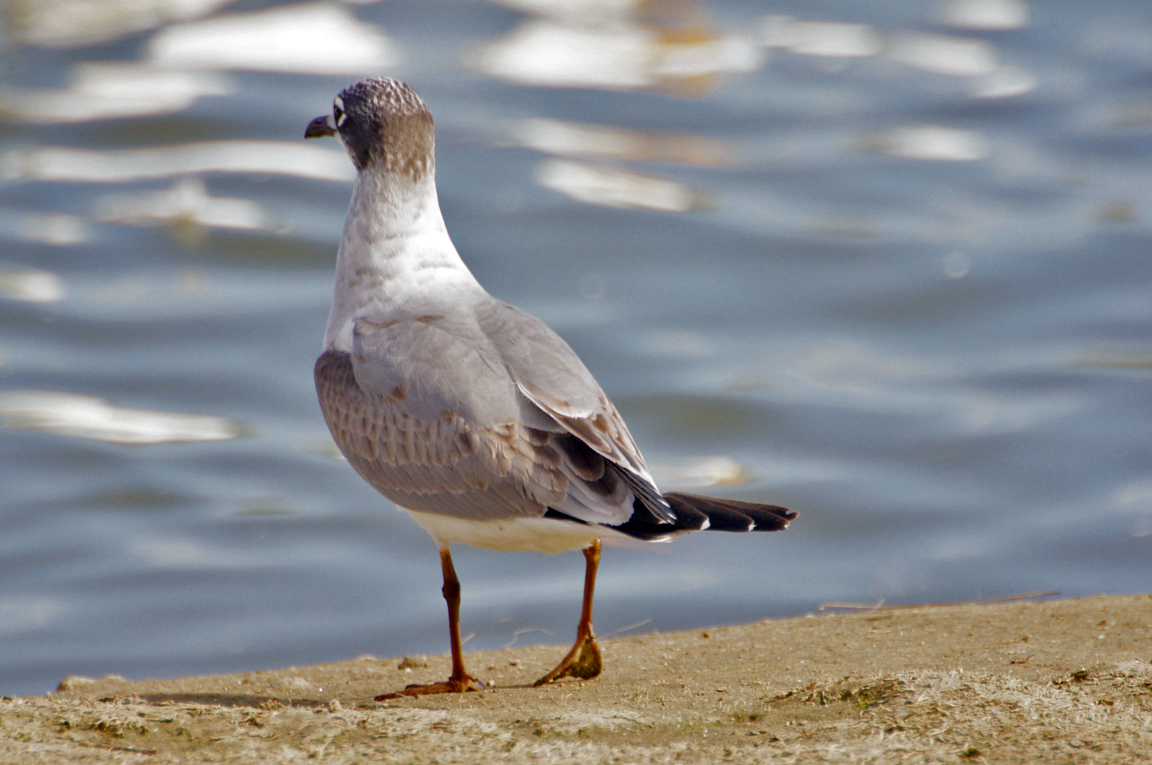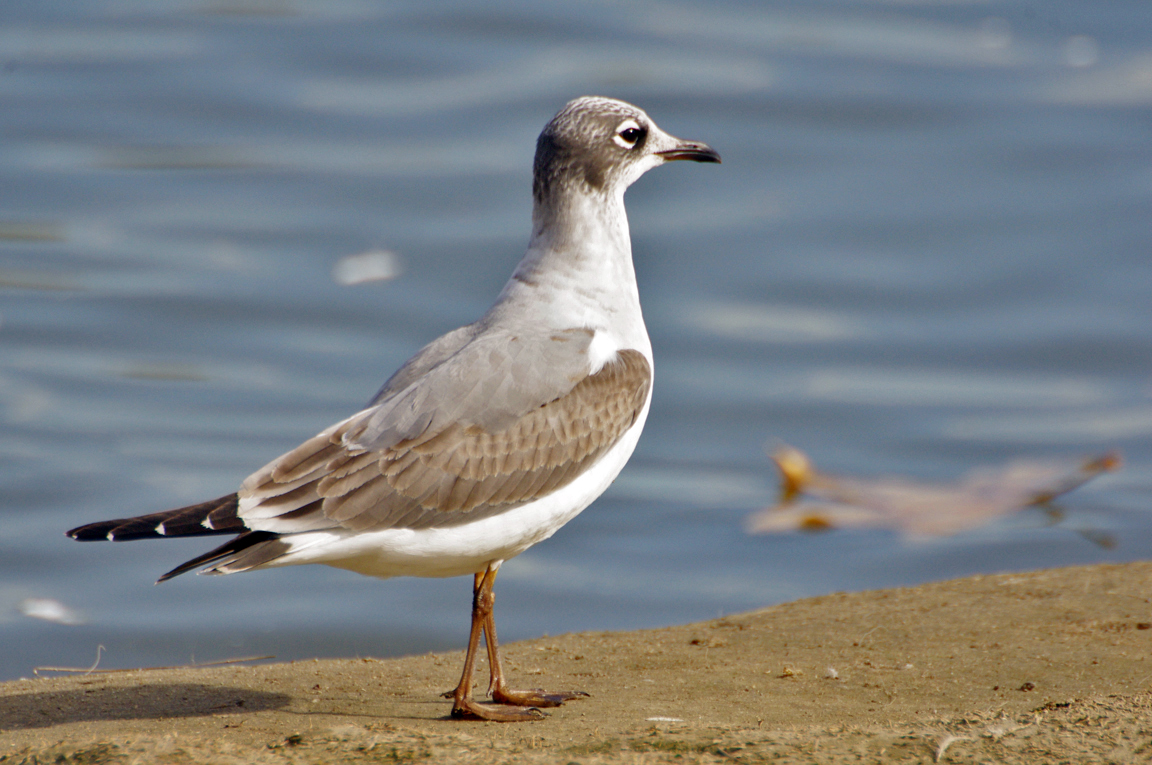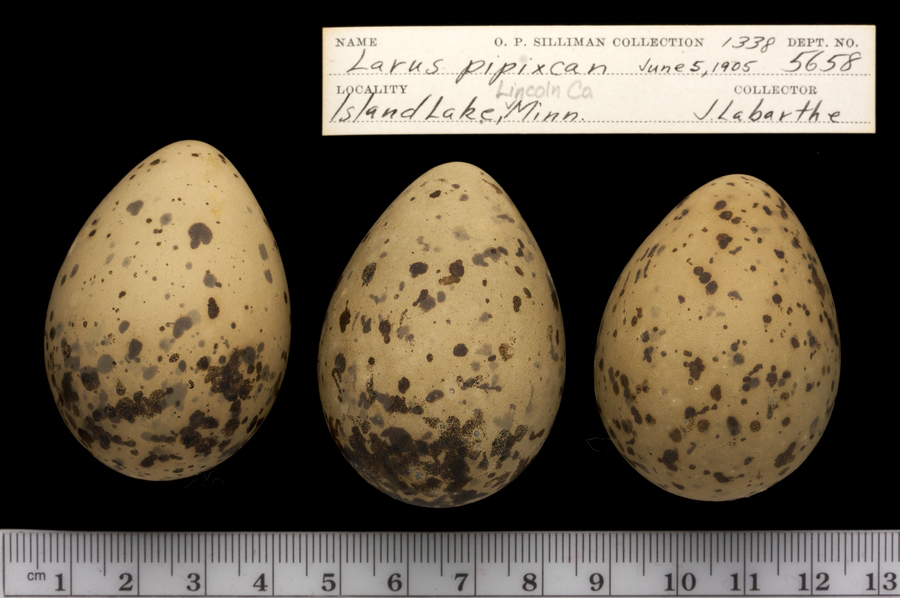|
|
|
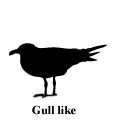 |
Franklin's Gull
|
| Larus pipixcan | |
A small, black-headed gull of the prairies, the Franklin's Gull is a common sight in the interior of North America, following plows to eat exposed worms, insects, and mice.
Interesting Information
-
The Franklin's Gull is unique among gulls in having two complete molts each year rather than one.
-
The floating nest of the Franklin's Gull gradually sinks as the material below the water surface decays, and it requires continual maintenance. Both parents add new nest material daily until one or two weeks before departing the colony. Older chicks also add nest material from the immediate vicinity of the nest.
-
In breeding plumage, and sometimes in nonbreeding plumage as well, the Franklin's Gull often shows a rosy pink cast (rarely salmon) on its chest and abdomen. This color is most apparent on the shafts and bases of its feathers. The color fades as the breeding season progresses as the pigment is broken down by sunlight.
Description
Adult Description
-
Length Range: 33-38 cm (13-15 in)
-
Weight: 281 g (9.9 oz)
-
Size: Medium (9 - 16 in)
-
Back ashy gray.
-
Underparts white.
-
Wingtips black with white tips and a white band.
-
Entire head black in breeding season.
Sex Differences
Sexes Similar
Immature
-
Juvenile: White underneath, with dusky wash on sides of neck and across breast. Crown, ear region, and nape dark dusky gray. Forehead, chin, and throat white. White crescents above and below eyes. Back and wings dusky brownish gray. Tail pale gray with black subterminal band, not including white outer feathers.
-
First winter (Basic I) Plumage: Back gray, but wings brownish. Head pale with dark half-hood including eyes. Eye crescents thicker, and usually joining at rear. Nape whitish. Underside white. Tail white at base with broad blackish subterminal band not including white outer tail feathers.
-
First summer (Alternate I) Plumage: Like adult winter.
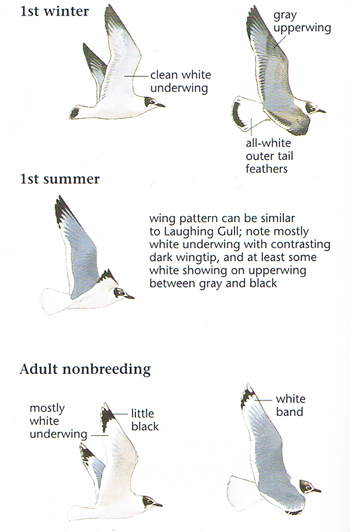
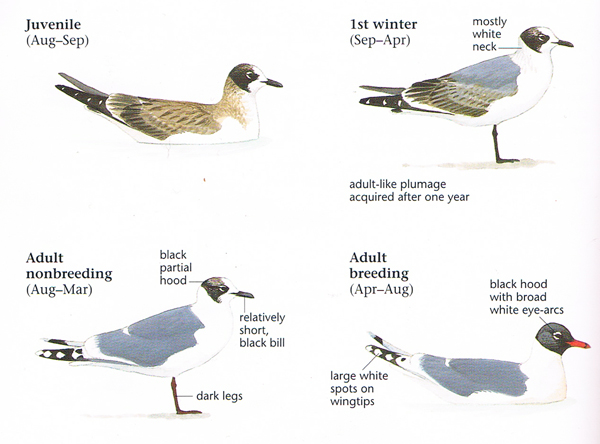
Photo taken from: The Sibley Field Guide by David Allen Sibley
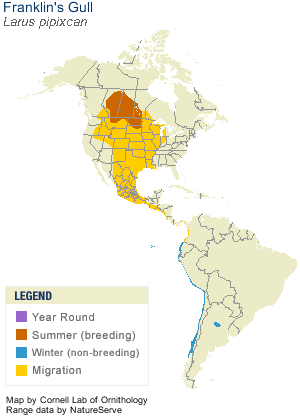
© 2003 Cornell Lab of Ornithology
|
Habitat |
|
Nests in marshes and along inland lakes. Winters along coast in bays, estuaries, and along sandy beaches. |
|
Behavior |
|
Forages while walking or swimming. Forages in dense flocks. Follows plows. Catches flying insects on the wing. |
|
Food |
|
Insects, earthworms, fish, mice, garbage, seeds. |
Taxonomy
| Kingdom: | Animalia |
| Phylum: | Chordata |
| Subphylum: | Vertebrata |
| Class: | Aves |
| Order: | Charadriiformes |
| Family: | Laridae |
| Subfamily: | Larinae |
| Genus: | Larus |
| Species: | Larus pipixcan |
Similar Species |
|
Laughing Gull is slightly larger, with longer wings and bill. Laughing lacks a white band between the black primaries and the gray rest of wing, but may have small white spots at the tips of the primaries. In winter plumage, Laughing Gull has a lighter gray and less extensive patch on the back of the head, resembling smudging rather than a half hood. Tail is all white, lacking the gray center of Franklin's. |
|
Bird Sound |
|
Calls nasal and laughing. |
|
Eggs look like this |
|
Photo taken from: ARCTOS Collaborative Collection Management Solution |
